Our world-class instruments, supported by expert application assistance, determine precise density measurements across diverse applications.
Trusted globally, our tools consistently deliver accurate results.
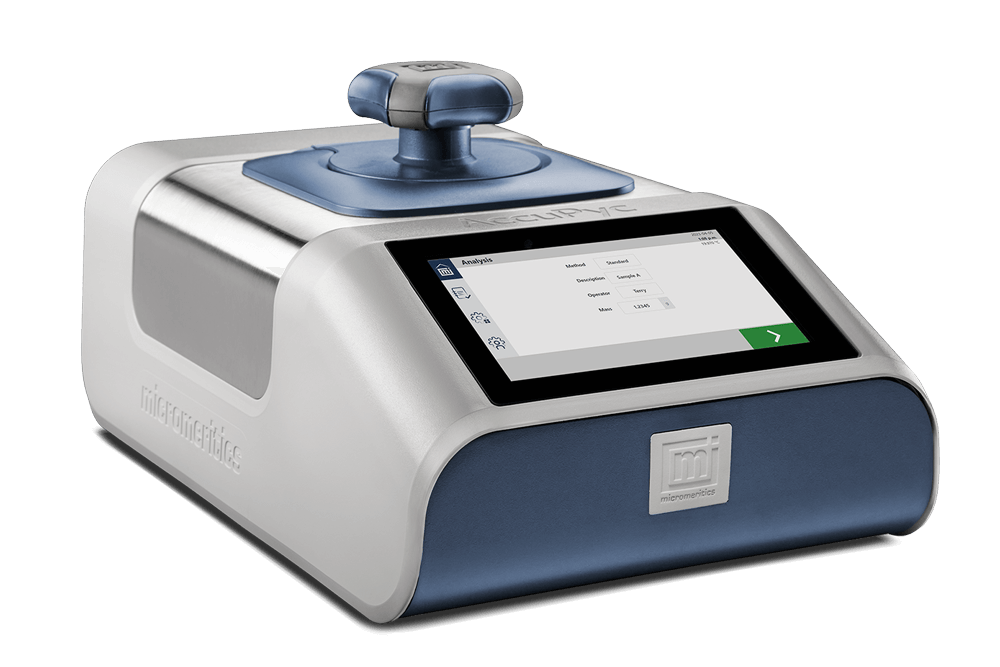
Density refers to the amount of mass contained in a given volume. On an elementary level, the volume of a solid material can be calculated by measuring its length, width, and thickness. However, many materials have within their structure surface irregularities, small fractures, fissures, and pores. Some of these voids or pores may be accessible from the surface, while others are enclosed within the structure of the solid material. These variations impact the overall volume and contribute to the distinct definitions of density outlined below.



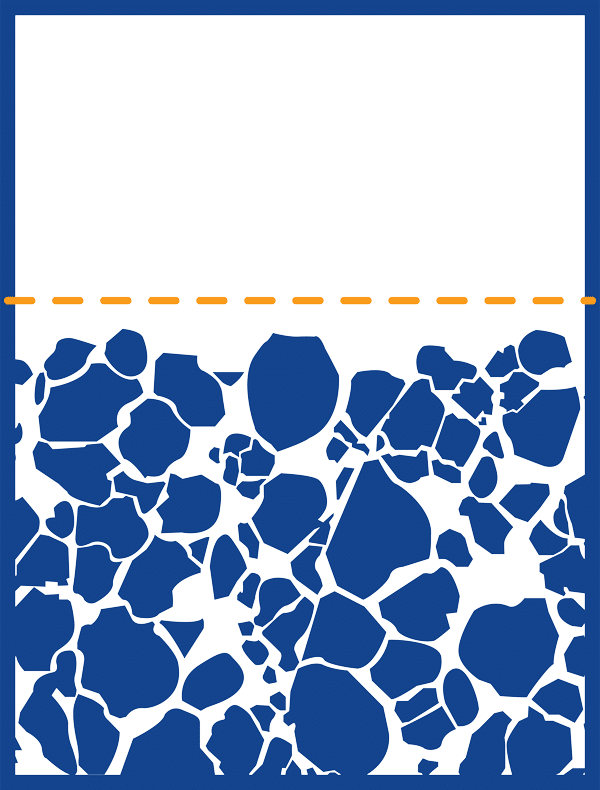

The AccuPyc uses gas pycnometry a non-destructive technique that relies on gas displacement to measure volume accurately, making it ideal for obtaining true, absolute, and skeletal volume and density. An inert gases, such as helium, nitrogen, or air are commonly used as the displacement medium for gas pycnometry.
A sample is placed in a chamber of known volume, which is sealed and pressurized. The gas fills the empty spaces within and between the sample particles. The sample chamber is then expanded to an adjoining reference chamber of known volume. The change in pressure is used to calculate the volume of the sample. True density is calculated from the sample mass and the volume it occupies. This method is useful for determining the true density of materials, even those with small pores and irregular shapes.

The GeoPyc employs a unique displacement measurement technique that uses Dry Flo, a quasi-fluid composed of small, rigid spheres having a high degree of flow-ability. The sample is placed in a bed of Dry Flo which is agitated and gently consolidated about the sample. The GeoPyc collects the displacement data to determine both Envelope and T.A.P density.
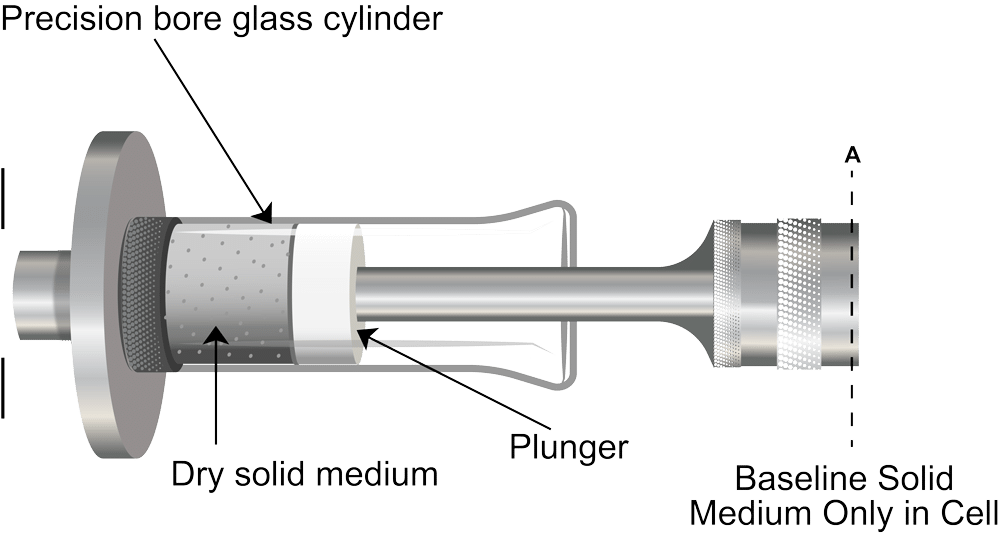

The AutoPore can be used to determine the bulk and skeletal density if the volume of the penetrometer is known. Rather than displacing gas or dry powder as in the previous techniques, mercury is displaced.
Bulk volume is defined as the volume of the sample after the largest pores (typically greater than 180 µm) have been subtracted.
Bulk volume = total internal volume of the penetrometer – volume of mercury occupying the space around the sample:
Skeletal volume is defined as the volume of a material after all open pores larger than 0.005 µm have been excluded from the volume. This can be determined when pressure is applied and forces the mercury to fill the open pores of the sample.
Skeletal volume = bulk volume – total pore volume:

Bulk density and Skeletal density are calculated as shown below, by dividing the mass of the sample by the respective volume.

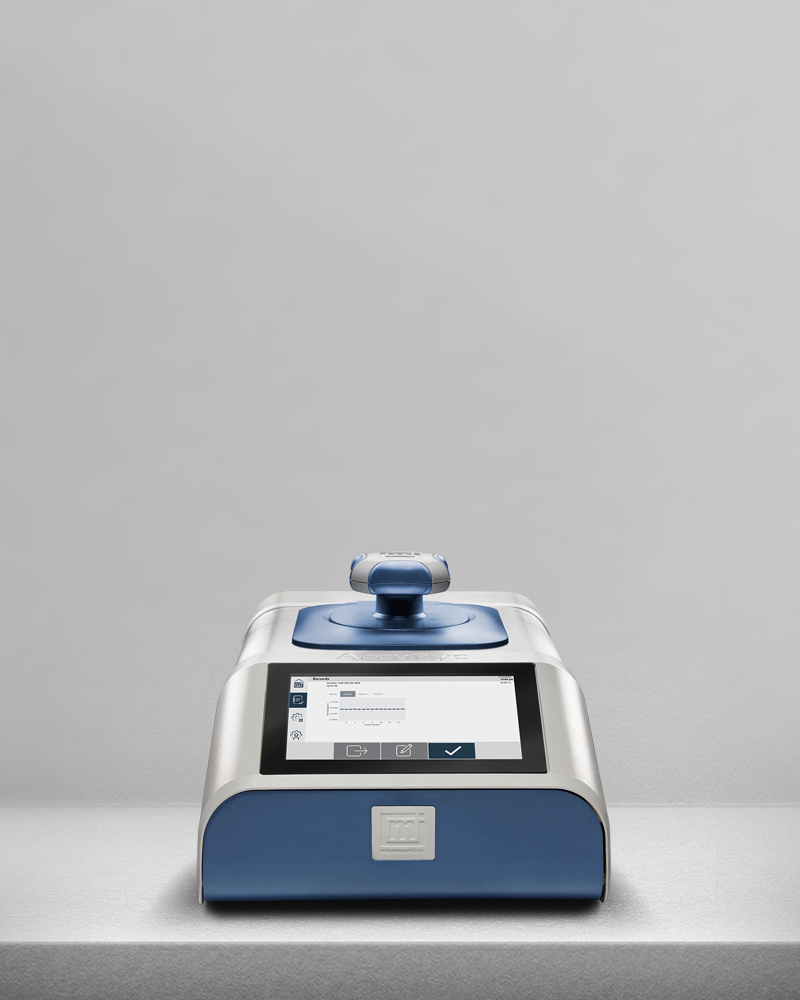
Gas Displacement Pycnometry System- The fastest, easiest, most accurate measurement of true density
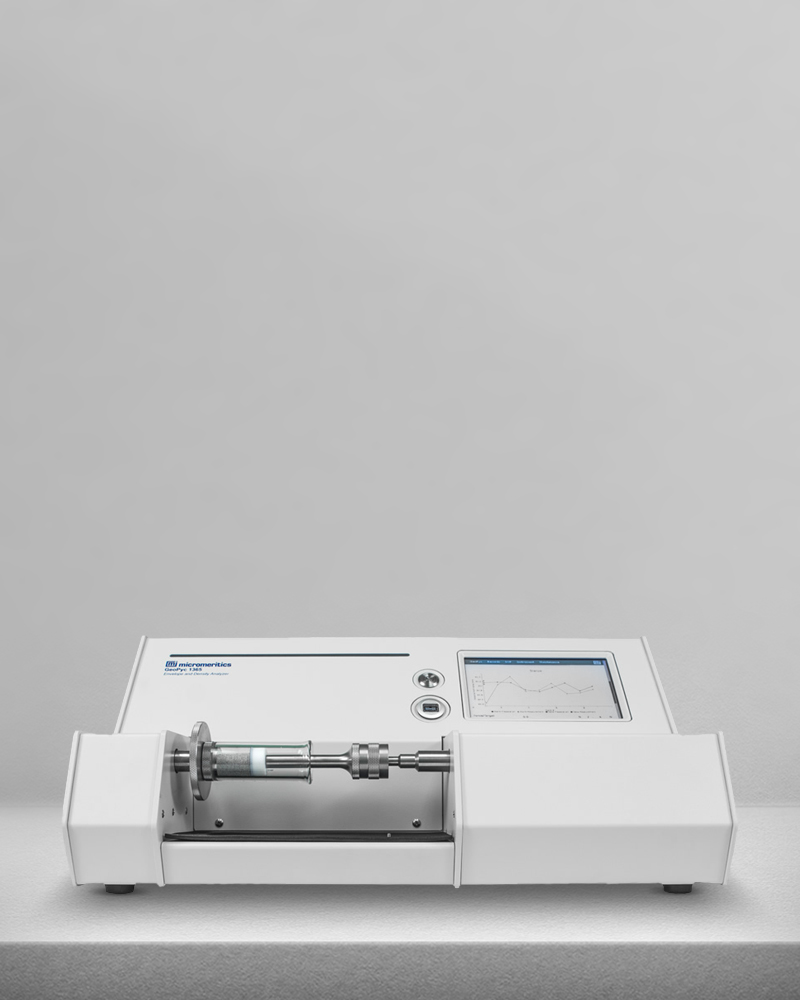
Measures the envelope volume and density of formed pieces without use of hazardous materials
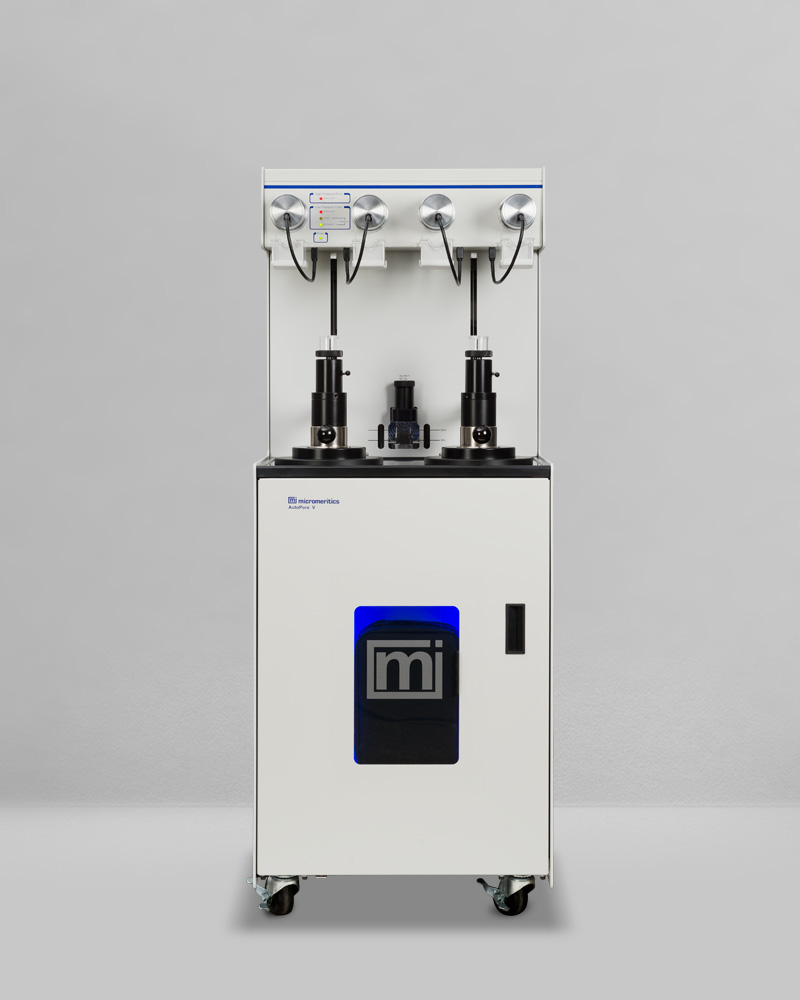
Measures density, in addition to full porosimetry, especially for meso- and macro-porous materials.
We provide a comprehensive range of characterization services whether it is the analysis of a single sample, a complex method development or validation, new product assessments, or addressing large-scale manufacturing projects.
to stay connected to product news, software updates, and the latest scientific resources
Copyright © 2025 Micromeritics Instrument Corporation